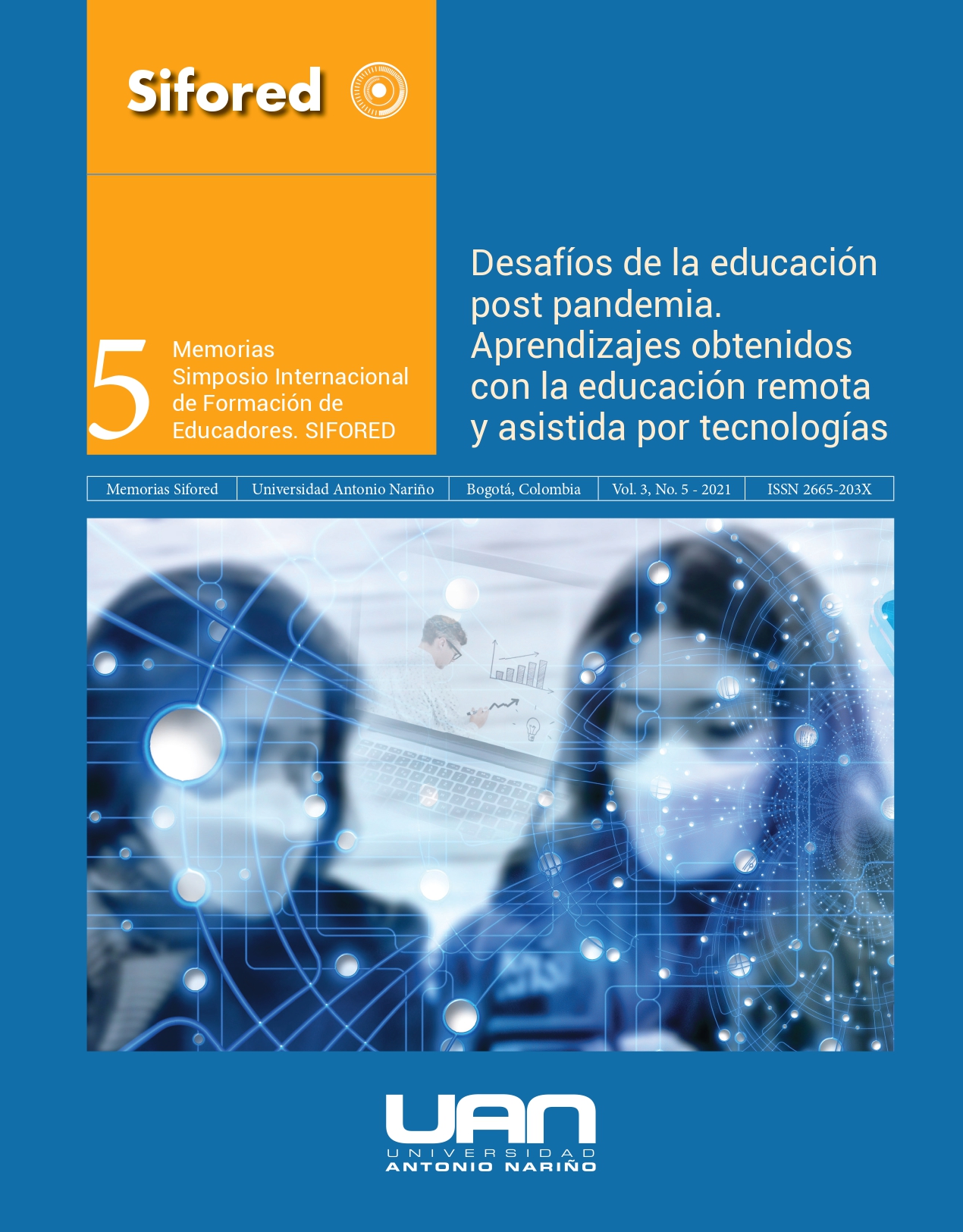Experiencias de estudiantes indígenas vinculados a la educación superior en tiempos de pandemia6
Keywords:
indigenous students, higher education, virtual teachingAbstract
Indigenous students linked to Higher Education in Colombia have had to face various challenges in times of pandemic due to the implications of virtual teaching. The objective of the investigative process reported in this presentation was to determine the recurring aspects that affected the training processes of two indigenous students linked to higher education. The methodology used is qualitative in the form of a case study and sought to understand the phenomenon from reflection on the sociocultural configuration of the students. The results obtained allow us to conclude that aspects such as the complexity with which the digital universe is configured, communication difficulties due to lack of mastery of the second language, the ontological configuration from materiality provided by the ancestral territories of the students and the insufficiency of technological resources, have hindered the training processes of these students in times of pandemic.
Downloads
References
Aguillón-Lombana, A. and Marín-Juanías, J. (2020) A Mismatch between the Policies in Preservice Teachers Training and Their Jobs in the Colombian Education System. Open Journal of Social Sciences, 8, 429-439. doi: 10.4236/jss.2020.88035.
Aguillon, A. (2017). Materiales que generan consciencia intercultural en el aula de ELE. En Investigación en Lenguas Extranjeras y Lingüística Aplicada. (pp. 271-279). Universidad Nacional de Colombia.
Basilaia, G., Dgebuadze, M., Kantaria, M., & Chokhonelidze, G. (2020). Replacing the classic learning form at universities as an immediate response to the COVID-19 virus infection in Georgia. International Journal for Research in Applied Science & Engineering Technology, 8(III).
Collins, P & Gallinat, A (2013). The ethnographic Self as Resource. Berham Books.
Kumaravadivelu, B. (2012). Language teacher Education for a Global Society: A Modular Model for Knowing, Analyzing, Recognizing, Doing and Seeing. Routledge.
González, M y Moncada, D. (2018). Acciones afirmativas para la equiparación de oportunidades a personas con discapacidad en dos Instituciones de Educación Superior pública en Medellín. [Tesis de pregrado del Tecnológico de Antioquia]. https://dspace.tdea.edu.co/
Littlefield, J. (2018). The difference between synchronous and asynchronous distance learning. https://www.thoughtco.com/synchronous-distance-learning-asynchronousdistance-learning-1097959
McBrien, J. L., Cheng, R., & Jones, P. (2009). Virtual spaces: Employing synchronous online classroom to facilitate student engagement in online learning. The International Review of Research in Open and Distributed Learning, 10(3), 1–17
Rieley, J. B. (2020). Corona Virus and its impact on higher education. Research Gate
Singh, V., & Thurman, A. (2019). How many ways can we define online learning? A systematic literature review of definitions of online learning (1988-2018). American Journal of Distance Education, 33(4), 289–306.
Downloads
Published
-
Abstract132
-
PDF (Español)67
How to Cite
Issue
Section
License

This work is licensed under a Creative Commons Attribution-NonCommercial-ShareAlike 4.0 International License.


 Portal de Ciencia Abierta
Portal de Ciencia Abierta